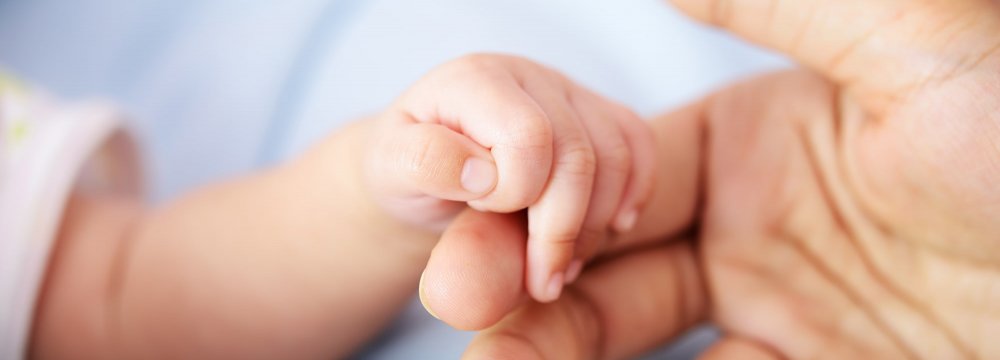The State Welfare Organization has increased the allowance of orphans and children with abusive or negligent parents from 3 million rials ($80) to 4 million rials ($106) in the current fiscal year that started in March.
The allowance is given only to children in SWO welfare centers or in care of temporary guardians who are identified as being in need of financial assistance.
“Although the amount has seen a noteworthy hike, it has to increase further [to a substantial amount],” said Mohammad Nafariyeh, director general of children’s affairs at the SWO, ISNA reported.
The average monthly cost of maintaining a child at a welfare center is estimated at over 15 million rials ($400), almost three times the amount given by the SWO.
Payments made to select foster families referred to as “assistance subsidy” is aimed to take care of financial expenses of children without parents or abusive parents, and help them grow up in a family environment like their peers.
Social experts believe that living with a good foster family even for a short while is better than residing at the best welfare centers.
“The SWO prefers to entrust children to families,” so they are nurtured in a family atmosphere, said the official.
State welfare offices keep close supervision of the children’s education, physical and mental health and other living conditions when they are in foster care.
However, families who have officially adopted a child are not eligible for the monthly allowance.
“For child adoption, a key requirement is financial security and stability of the adopter family; therefore no financial assistance is provided to permanent adopters of children,” he said.
“Temporary guardians” or “substitute families” are those who provide care for a child without legally adopting him/her and often include the child’s relatives.
They cannot be permanent adopters since biological parents can claim custody of their children after they ‘sober down’ or reconcile their behavior and are deemed eligible by a court to fulfill their responsibilities
Adoptive parents, on the other hand, have the child’s name in their identity documents and become their legal and official guardians permanently.
Thousands of Kids in Welfare Centers
The SWO is currently providing care for about 10,000 children and young adults in 600 welfare centers and 34 nurseries for infants in the country.
Besides, 15,000 orphans and children with negligent parents are also in foster care.
The figure is expected to increase in the coming years, according to Anoushiravan Mohseni Bandpei, head of the SWO, as the number of female street addicts with children has increased to 1,500, while it was only 100 four years ago.
According to a new law, babies of homeless addicted women taken away at birth from their mothers are handed over to SWO welfare centers. So far hundreds of babies have been handed over to the centers.
Presently, 80% of kids in welfare centers are not orphans but have irresponsible, negligent and addicted parents.
Based on revised laws, every couple, even those who already have a child and qualified single women over the age of 30 can apply for adoption. But single women can only adopt children older than 6-7 years.
Also, adopters should be able to support the adoptee financially. Additionally, they should give one-third of their property to the adopted child.
The revision has led to the rise in the number of children finding new families. The rate of child adoption has seen a 35% increase over the past two years since the moderate laws were enacted.






Add new comment
Read our comment policy before posting your viewpoints